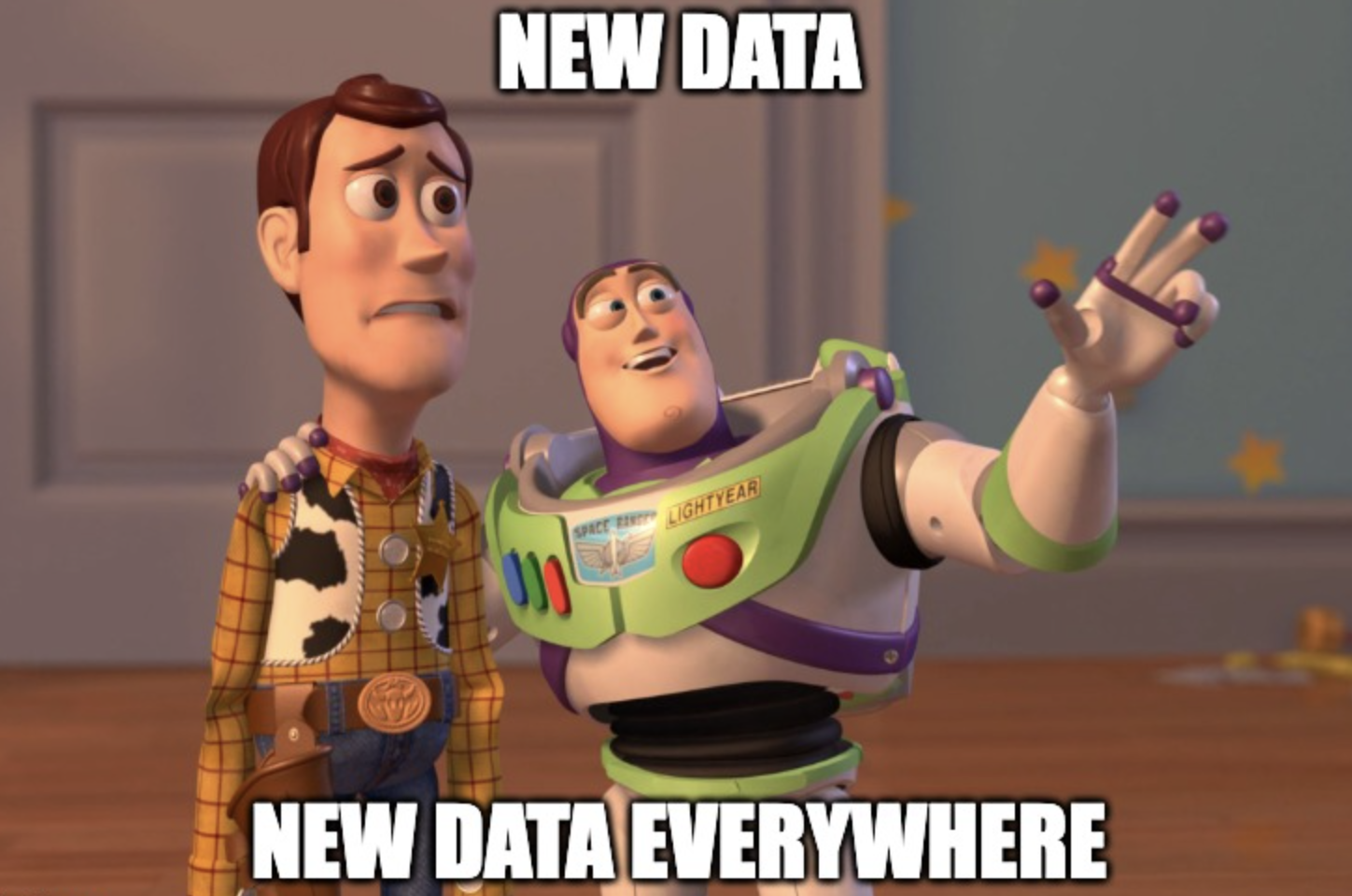We Need to Talk About Computational Social Science
In 2024, Nature Computational Science published an editorial called An Invitation to Social Scientists. The editors noted the growing influence of computational social science, arguing that
Much of this growth can be attributed to the increasing availability of data […] which has created unprecedented research opportunities to test existing social-science theories but also to uncover new ones.
This is a familiar sentiment. Going as far back as 2009, Lazer et al. (2009) echoed something remarkably similar, noting that new data sources, particularly digital trace data, provided us with “an unprecedented breadth and depth and scale” (722) to answer social science questions.
Within 15 years, then, the field’s amazement with “scale” does not seem to have changed much.
 |
|---|
The enthusiasm for scale is understandable—and, in many ways, even necessary. Used carefully, scale can help us resolve some of the most stubborn problems in social science. But when scale becomes an argument for something in itself, rather than a simple means towards an end, then we’ll have a problem—a problem of the Fetishism of the Scale.
Now, I should admit that I’m biased. I believe that computational social science revived, in a new guise, the spirit of “behaviorism,” and with it, a deeper form of “atheoreticism.”1 Calling for a stronger emphasis on observable behavior at mass scales, the field values what could be measured over what ought to be theorized. What psychology once did with its catalog of “effects,” computational social science now does with its scale fetishism. Put differently, we marveled too much at the data, without really considering what we leave behind in this marvel.
1 Yes, I made this up.
It is time, I believe, to sit down and ask what the theoretical payoff of this entire endeavor has been.
What has computational social science truly taught us about social life—beyond the idea that we can now model it at scale, often with little insight into why it works the way it does?